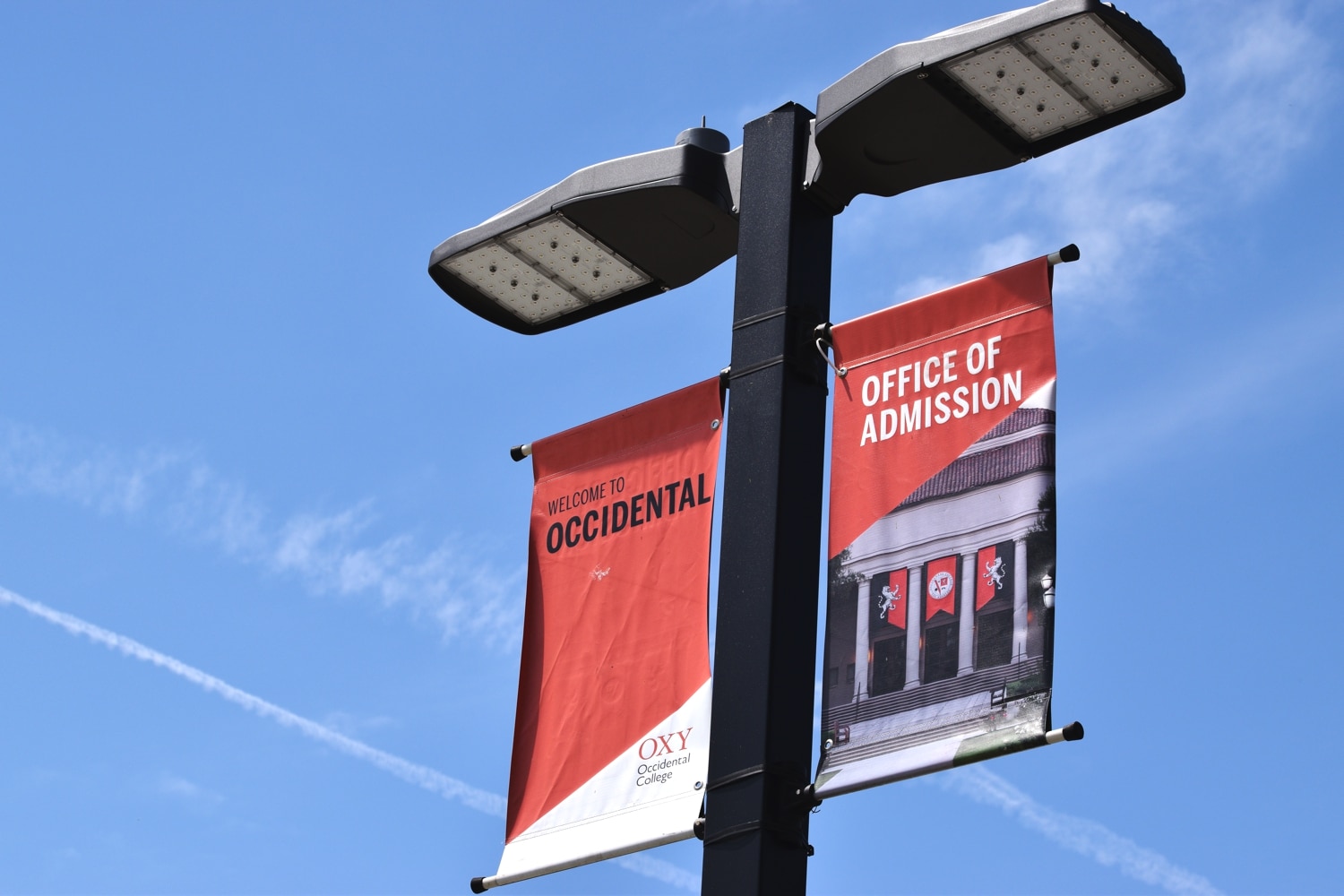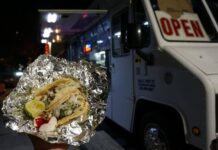Despite popular opinion, McDonald’s Quarter Pounder is not called a Royale with Cheese in Paris. I’m sorry to tell you that, readers – when I first read that fact, it hurt my heart more than than a McRoyale Deluxe ever could.
I learned this as part of my background research before I went to the Goliath of Globalization itself, McDonald’s (yeah, I do background research for this blog). How could a company primarily known for it’s “two all-beef patties, special sauce, lettuce, cheese, pickles, onions – on a sesame seed bun” succeed in the land of the holy cow?
I’m not alone in wondering this – many academics have researched this phenomenon. While the articles are interesting, I learned everything I needed to know about Indian McD’s from my Indian friend, Joseph.
“India is a young nation, and with the rise of the IT field, we’re a lot of young people with disposable income,” Joseph told me (I should mention he’s a PhD student studying globalization). “There’s a desire to appear cosmopolitan among many young people, and even for those who have been vegetarian their whole lives, that means eating at McD’s.”
What Joseph says is all true – 65 percent of the population is under 35 years old, and by and large, those are the people eating out.
They were certainly the people crowding the counter at the McDonald’s inside Hyderabad’s Inorbit Mall when I went to investigate (or investig-eat). Young urban professionals were packed around the McD’s cashiers, the only noticeably cluster of people in the upscale mall’s food court. Furthermore, literally everyone at the 30+ tables in front of McDonald’s had trays with the Golden Arches – as in America, people who order McD’s don’t like to move far.
The answer to the cow question was resolved quickly – as you might have guessed, there’s no beef on the menu. Chicken is still popular, but the range of vegetarian options is the biggest difference from the McD’s you know and love (/go to when you’re drunk). High in popularity is the McAloo Tikki Sandwich, a patty made from potatoes, peas and homegrown Indian spices. Behind the cashier, I observed, there were two distinct areas, where vegetarian and non-vegetarian options were transferred from the back kitchen to the counter.
My experience at the counter was very similar to one in America – I spoke to a cashier with close to excellent English proficiency, who successfully encouraged me to make my McAloo Tikki Sandwich a meal. I also ordered a McChicken Sandwich and a McFlurry, to get a direct comparison with what I’m familiar with at home.
Friends, if you find yourself homesick in India, let me tell you – somehow, they have perfectly exported the taste of the McChicken. It tastes exactly like what you’d find down on York Boulevard. The McAloo Tikki Sandwich was delicious as well – if you have the means, I highly recommend picking one up.
In summary, I’d say McDonald’s has succeeded by blending their corporate identity with that of the Indian population. Just like the oreos and ice cream in my McFlurry, the traditional McDonalds culture is mixed with Indian dietary norms to create a product that is neither fully one nor the other. This is the effect globalization has on the world – and just like my McFlurry, taking it in too fast can leave you with a painful headache.
However, for the majority of the Indians at Inorbit Mall, they were more focused on the sweet deliciousness of their meals. Next, I’ll have to take my investigeative spirit my mother’s second least favorite restaurant – KFC.
Ben Poor is a junior American Studies major studying abroad in Hyderabad, India during the Spring 2014 Semester. He can be reached at benpoor1@gmail.com or on Twitter @WklyBPoor.
![]()






































As I say my dear, EAT hEAlThy! And go to yoga if you can’t go for a run! Namaste. xo, Mother dear